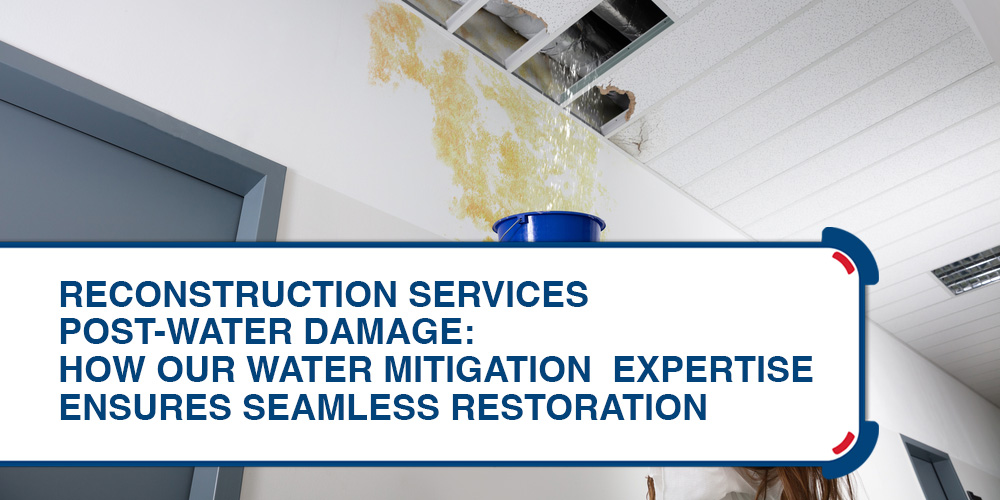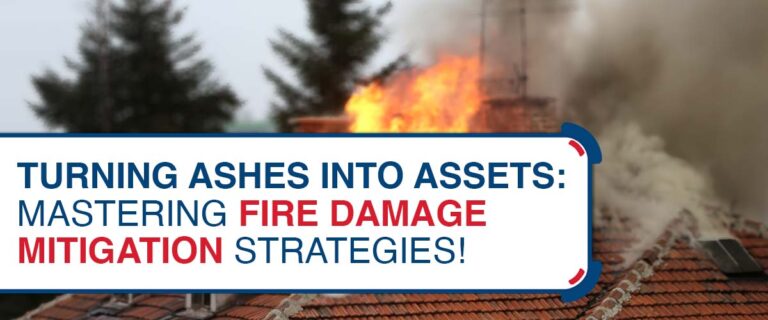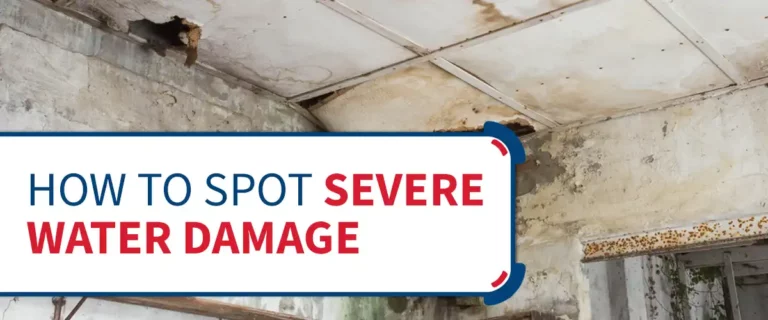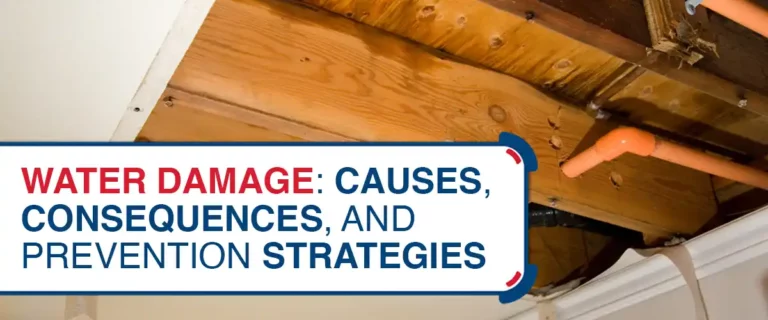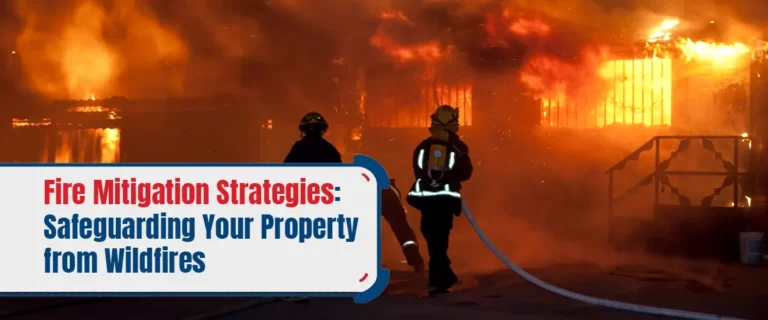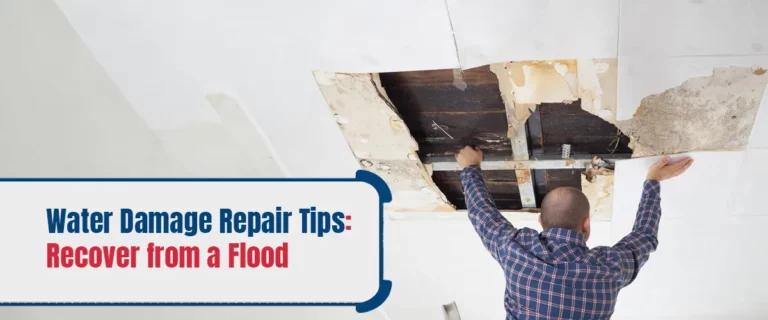Water damage poses a myriad of challenges, leaving properties in disarray and homeowners grappling with the aftermath. Whether it’s from natural disasters like flooding or internal issues such as leaks, the consequences can be severe and far-reaching.
Moreover, in this article, we delve into the intricate dance between water mitigation and reconstruction services. Showcasing how the expertise ensures seamless restoration for properties, particularly emphasizing our expert reconstruction services in Kansas.
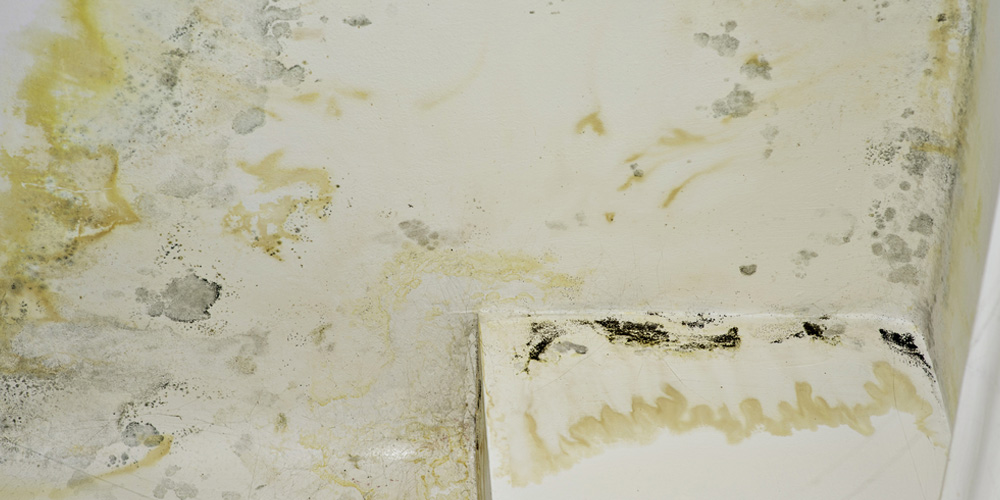
The Impact of Water Damage
Water damage encompasses a spectrum of issues arising from the intrusion of water into structures, leading to a variety of adverse effects:
- Common causes include natural disasters such as flooding, burst pipes, leaks from appliances, or even simple plumbing issues.
- The effects can be wide-ranging and complex, regardless of the source.
- If left unattended, water damage can wreak havoc on properties, both visibly and invisibly.
- Beyond the obvious immediate destruction of materials like drywall, flooring, and furnishings, water damage can penetrate deeper, compromising structural integrity.
- Mold and mildew thrive in wet, damp environments, posing health risks to occupants and exacerbating respiratory issues.
- Additionally, water can seep into electrical systems, increasing the risk of fires or electrocution.
Effective intervention is crucial to mitigate these effects and prevent further deterioration. Without expert reconstruction services, properties risk prolonged damage and diminished structural integrity.
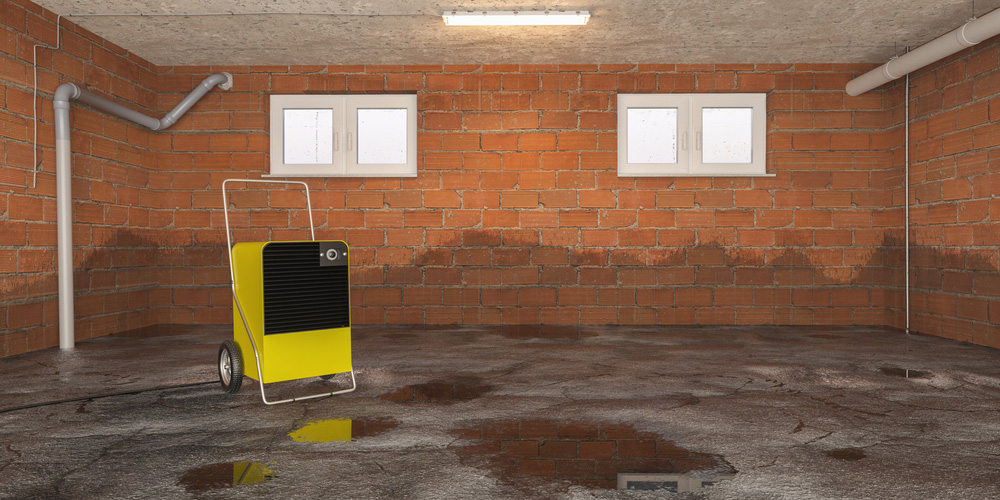
The Role of Water Mitigation Before Reconstruction
Water mitigation serves as the initial line of defense against the ravages of water damage. It involves swift action to extract water, thoroughly dry affected areas, and dehumidify spaces to prevent mold and microbial growth. This proactive approach not only minimizes immediate damage but also sets the stage for successful reconstruction. Through meticulous planning and execution, expert reconstruction services in Kansas ensure that properties are primed and ready for restoration.

Transitioning to Reconstruction Services
The transition from water mitigation to reconstruction is seamless, guided by careful coordination and planning. While mitigation focuses on stemming the immediate impact of water damage, reconstruction aims to restore properties to their pre-damage condition. By aligning efforts and resources, the experts streamline the restoration process, minimizing disruptions and maximizing efficiency. The holistic approach underscores the importance of synergy between mitigation and reconstruction for optimal results.

The Reconstruction Phase: Restoring to Pre-Damage Condition
Reconstruction is more than just repairing what’s broken; it’s about revitalizing properties and imbuing them with new life. During the reconstruction phase, the aim is to restore properties to their pre-damage condition while incorporating improvements where possible:
1. Structural Repairs:
Structural integrity is paramount, and the team addresses any damage to the building’s framework with precision and expertise. From repairing damaged supports to reinforcing weakened structures, ensuring that the property’s foundation is robust and secure.
2. Interior Refurbishing:
Beyond structural concerns, the focus is on revitalizing the interior spaces of the property. This may involve replacing damaged drywall, flooring, and fixtures, as well as repainting or refinishing surfaces to restore their aesthetic appeal.
3. Advanced Technology and Techniques:
Cutting-edge technology and innovative techniques expedite the reconstruction process while maintaining the highest standards of quality. The approach characterizes efficiency and effectiveness, whether using state-of-the-art equipment for precision measurements or employing advanced materials for enhanced durability.
4. Improving property:
The goal is not merely to repair the damage but also to enhance the property’s overall condition. This may involve upgrading materials or incorporating modern features to elevate functionality and aesthetics. By striving for continuous improvement, properties emerge from the reconstruction phase in an even better state than before the damage occurred.
By paying close attention to details and dedicating oneself to achieving excellence, reconstruction services go beyond restoration. This transforms properties into spaces that exceed expectations.

Customized Solutions in Reconstruction
No two properties are alike, which is why reconstruction services are tailored to meet the unique needs of each client.
- Tailoring reconstruction services meticulously to address the specific characteristics and challenges of individual properties, ensuring effective mitigation and restoration.
- Considering client preferences and requirements as central to the reconstruction process, fostering a collaborative and transparent working relationship between clients and reconstruction professionals.
- Showcasing examples of customized reconstruction projects. This highlights the versatility and adaptability of reconstruction services. These projects may include preserving historical elements, integrating sustainable features, or accommodating unique architectural designs.
This demonstrates the ability of skilled professionals to tailor their services to diverse client needs and property specifications.

Ensuring Quality and Compliance in Reconstruction
Ensuring Quality and Compliance in Reconstruction is crucial for the safety and integrity of restored properties. Quality and compliance are non-negotiable in reconstruction services.
- Standards and Regulations: Reconstruction services adhere to industry and governmental standards to ensure safety and structural integrity.
- Importance of Quality Control: Rigorous quality control measures are to maintain high standards and quality of craftsmanship and durability throughout the reconstruction process.
- Adherence to Safety Standards: Strict adherence to safety protocols protects workers and occupants from hazards, ensuring a smooth and incident-free reconstruction process.
- Certifications and Qualifications: Reconstruction professionals possess certifications and qualifications that validate their expertise and competence, providing assurance to clients of their reliability.
Reconstruction services deliver reliable and compliant restoration of properties by emphasizing quality control, safety standards, and relevant certifications.
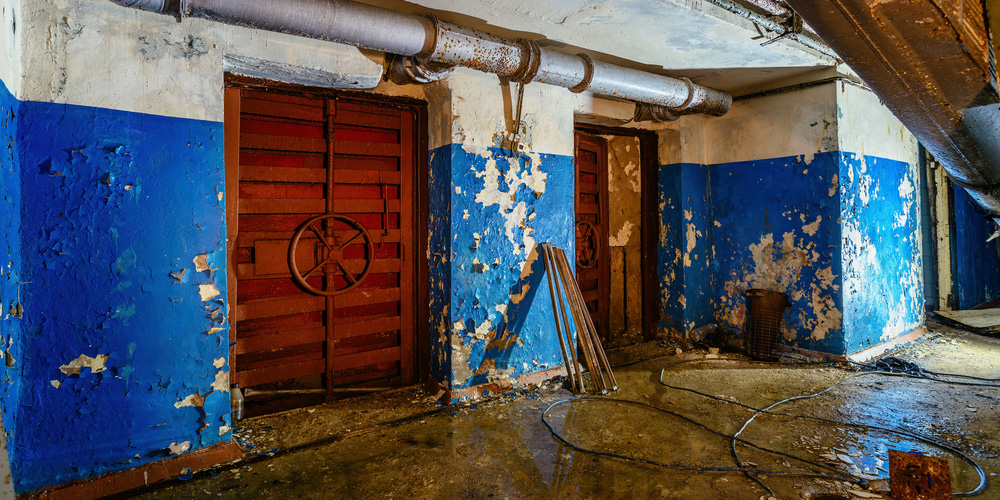
The Value of Expertise in Post-Water Damage Restoration
In post-water damage restoration, the value of expertise remains paramount. Entrusting the entire process to skilled professionals ensures consistency, efficiency, and peace of mind. By consolidating both mitigation and reconstruction services, they offer a holistic approach that streamlines the restoration journey. Testimonials and case studies speak volumes by illustrating the transformative impact of their services and the satisfaction of their clients.

Effortless restoration through expert water mitigation.
In the aftermath of water damage, resilience and recovery are paramount. The interconnected roles of water mitigation and reconstruction services are fundamental in property restoration, working harmoniously to address the challenges caused by water damage.
Through resilience, recovery, and unwavering commitment, properties can emerge from water damage stronger than before, reflecting the dedication of skilled professionals. By entrusting their restoration needs to experienced professionals, homeowners can expedite the recovery process and minimize further damage.
Therefore, I urge readers to take proactive steps and seek expert services at the onset of any water damage event, enabling us to embark on the journey of restoration, reclaiming properties, and restoring them to their former glory.
Resources:
- Ready.gov (2023). Floods. Retrieved from https://www.ready.gov/floods.
- United States Environmental Protection Agency (2023). What Are Molds? Retrieved from https://www.epa.gov/mold/what-are-molds.


